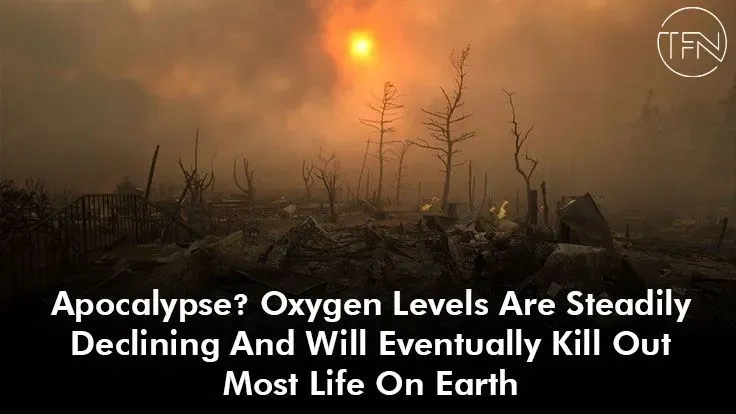
Although life is now thriving on our oxygen-rich planet, Earth wasn't always like this. According to scientific predictions, the atmosphere will eventually return to being one that is high in methane and low in oxygen.
Approximately another billion years will pass before this occurs. But when it does, data from 2021 indicates that the transition will occur pretty quickly.
The earth will return to a condition like that of before the Great Oxidation Event (GOE), which occurred around 2.4 billion years ago.
Furthermore, according to the study's authors, atmospheric oxygen is not expected to be a constant component of habitable planets in general. This finding has consequences for our attempts to find evidence of life elsewhere in the Universe.
The researchers wrote in their paper, "The model projects that deoxygenation of the atmosphere will most likely be triggered before the onset of moist greenhouse conditions in Earth's climate system and before the extensive loss of surface water from the atmosphere. Atmospheric O2 will drop sharply to levels reminiscent of the Archaean Earth."
Let's hope that at some time within the next billion years we find out how to go off the planet because at that point it'll be the end of the road for humans and the majority of other living forms that depend on oxygen to get through the day.
The researchers used intricate biological models of Earth to get their results, accounting for variations in the Sun's brightness and the associated decline in carbon dioxide concentrations as the gas is broken down by rising temperatures. Less carbon dioxide causes fewer plants and other photosynthesizing creatures, which means less oxygen.
The model here, based on an average of just under 400,000 simulations, predicts that the decrease in oxygen would kill out life first. Scientists have already estimated that increasing radiation from the Sun will wipe ocean waters off the face of our planet within around 2 billion years.
Earth scientist Chris Reinhard of the Georgia Institute of Technology told New Scientist that "the decline in oxygen is very, very dramatic." "There will be about a million times less oxygen than there is now," said the scientist.
We are now looking for habitable planets outside of the Solar System, which makes the topic extremely pertinent to the modern day.
Scientists want to be able to know what to look for in the mountains of data these equipment are gathering as more powerful telescopes come online.
To have the greatest chance of finding life, the researchers think it's feasible that we need to be looking for other biosignatures in addition to oxygen. Their research is a component of the NASA NExSS (Nexus for Exoplanet System Science) program, which explores whether other planets are habitable.
The oxygen-rich habitable history of Earth may only last for 20 to 30 percent of the planet's overall lifespan, according to calculations made by Reinhard and environmental scientist Kazumi Ozaki from Toho University in Japan. However, microbial life will continue to exist long after humans are gone.
"High methane, low CO2, and no ozone layer are characteristics of the atmosphere following the big deoxygenation," said Ozaki.
The Earth system will most likely be a planet populated by anaerobic organisms.

